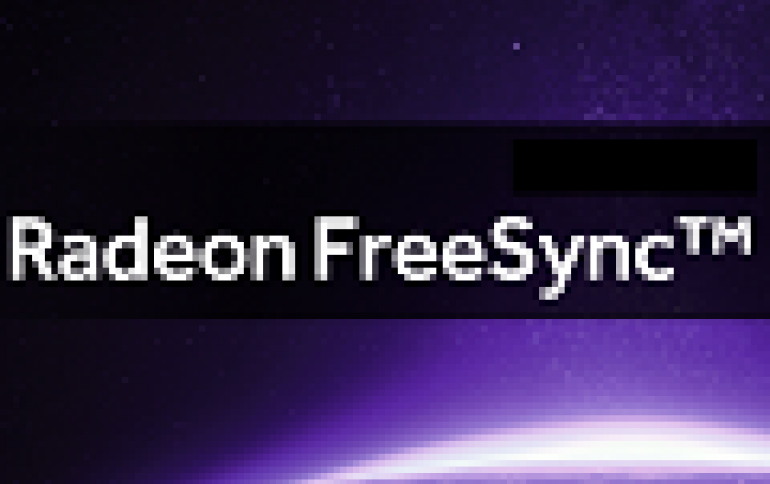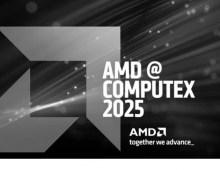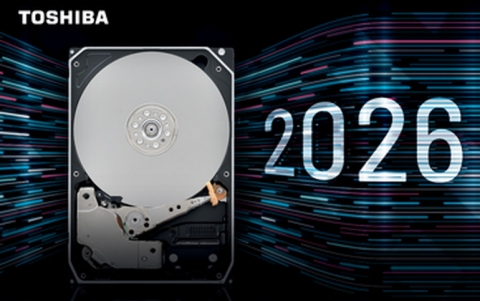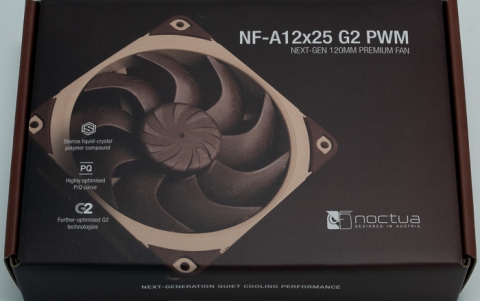
AMD Radeon FreeSync 2 Technology Brings High Dynamic Range Gaming to PC Displays
AMD supercharges next generation FreeSync displays with the Radeon FreeSync 2 technology, which promises to deliver smooth gameplay and advanced pixel integrity to gamers, with planned availability in 1H 2017.
AMD says that qualifying FreeSync 2 monitors will harness "low-latency, high-brightness pixels, excellent black levels", and a wide color gamut to display High Dynamic Range (HDR) content. In addition, all FreeSync 2 monitors will have support for Low Framerate Compensation (LFC). With Radeon FreeSync 2 technology, gamers will be offered a plug-and-play HDR gaming experience, avoiding the need to tweak settings in software or on the monitor.
There are two definitions of HDR formats today that are most popular (HDR10 and Dolby Vision), and both use similar specifications. They represent a leap forward in image quality, defined by brightness, contrast and color volume.
HDR today is primarily driven by TV manufacturers, first and foremost for movies. Today's televisions are shipping with crazy-high luminance, contrast ratio, and fairly good color gamut support. They are very well suited to display movie content in HDR. The HDR movie-playback pipeline is pretty simple: the content is encoded in an HDR10 or Dolby Vision container, and the TVs process it.
The mentioned formats follow strict specifications for luminance, contrast ratio and color space. Though today's HDR TVs are very capable, they're nowhere near the theoretical maximum of HDR10/Dolby Vision. These TVs are also not all the same; some may have higher or lower capabilities for brightness, contrast and color than others, and the content can't account for all these variations. Some conversion has to be done by the TV's system-on-chip, where it maps the content to the TV's actual capabilities. This process is called tone mapping.
So what's the situation with HDR gaming? It's not anything new for game developers. Their engines are already capable of increasing brightness, contrast, and to some degree, widen the color space as well to some of the new specifications defined by the SMPTE. There are games, in fact, available for today's game consoles that support HDR.
What about PC gaming, then? With Radeon FreeSync 2 technology, AMD wants smooth gaming and HDR content to go hand-in-hand. So why not use the already existing methods to do so?
One key criterion for PC gamers is to have low latency. Unfortunately, the mentioned tone mapping process in displays can cause a delay -sometimes as high as 100 miliseconds. This is not acceptable for PC gaming. FreeSync 2 technology circumvents this issue by taking the burden of tone mapping off the display and moving it to AMD's GPUs. This allows the game engine to map content directly to the display's target brightness, contrast and color values.
Current HDR transport formats were designed primarily for movie content displayed on televisions with tone mapping handled by the displays, often leading to higher-than-acceptable latency for PC gaming. AMD's new API for FreeSync 2 offers a lower-latency alternative that shifts the workload to the pipeline of a Radeon GPU, allowing the game to tone map directly to the display's target luminance, contrast, and color space. AMD claims that Radeon FreeSync 2 technology offers over 2x the brightness and color volume over sRGB.
FreeSync and FreeSync 2 technologies will co-exist to offer a wide variety of displays to gamers. All FreeSync-compatible Radeon GPUs will support FreeSync 2 technology, including the Radeon RX series GPUs based on the Polaris architecture which also supports DisplayPort HBR and enables UltraHD resolution beyond 60Hz. Multiple display vendors are evaluating several upcoming products for FreeSync 2 qualification.





















